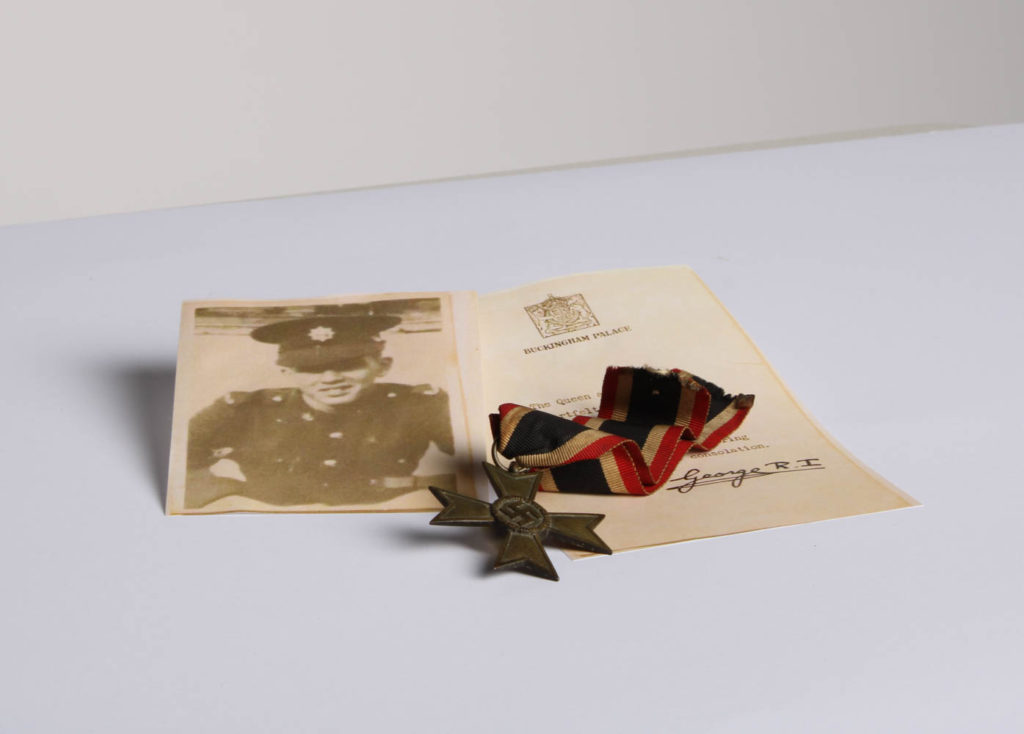Formalism
Formalism describes the critical position that the most important aspect of a work of art is its form – the way it is made and its purely visual aspects – rather than its narrative content or its relationship to the visible world.
Formal/visual elements
Light – how the light source, which can be natural or artificial, is positioned in relation to your subject.
Line – anything that stretches between two points in your photo.
Repetition – using repeating shapes or a repetitive pattern inside the frame as part of the composition.
Shape – Shape is generally considered two-dimensional, while Form is three-dimensional.
Space – the direction the subject of the photograph is moving in, or even just looking in.
Texture – the visual depiction of variations in the color, shape, and depth of an object’s surface.
Value/ tone – the lightness or darkness of an object.
Colour – dominant colors are the warm colors, e.g. red, yellow, and orange, and cooler colors are the receding colors, e.g. blue, green and purple.
Composition – how a photographer arranges visual elements within their frame.


Analysis of an image taken by Alexander Rodchenko in 1925, ‘Fire Escape’
Examples

Technical
Lighting:
Type of lighting – Flash (two point lighting)


Technical
Lighting:
Type of lighting – Flash (two point lighting)

